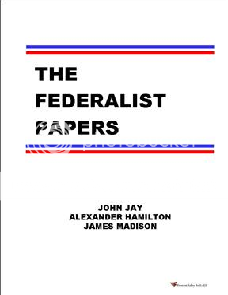RealWorldGraduation_Question_11 <– PDF
Some in Congress in 2006 proposed an income-tax modification bill that would have provided a 5% across-the board reduction in federal income tax rates. The bill mandated that the highest marginal income tax rate would have been reduced from 38% to 33%; the next rate from 25% to 20%, and the lowest from 10% to 5%. Capital gains rates would remain unchanged. Critics have claimed that only the very rich would benefit from this measure. They were joined by Mr. Ralph Thompson, estimated to be the nations fourth-richest person, who came out in opposition to the tax cut, saying, “Neither I nor any other wealthy people need an income tax cut.” But people who favor the tax cut claim that the working people will benefit because they will have more money in their pocket. For example, the single person working a full-time job (40 hours per week) at $6.50 per hour (just over minimum wage of $5.75 per hour) would have their marginal rate reduced to 5%, so they would have received a tax cut of approximately $4.57 per week after the combined standard deduction of $8,750. Does this income tax proposal unfairly benefit the wealthy or unfairly penalize the working poor with regard to income tax rates?
a) It unfairly benefits the rich because they will pay less in income taxes.
b) It unfairly benefits the rich because they don’t need the extra money, as Mr. Thompson said.
c) It unfairly penalizes the poor because it left the minimum wage unchanged.
d) It unfairly penalizes the poor because the proponents of the tax cut are lying: the extra $4.57 won’t buy much and isn’t necessary.
e) All of the above are true to some extent.
(The answer is on p. 2 of the PDF.)



